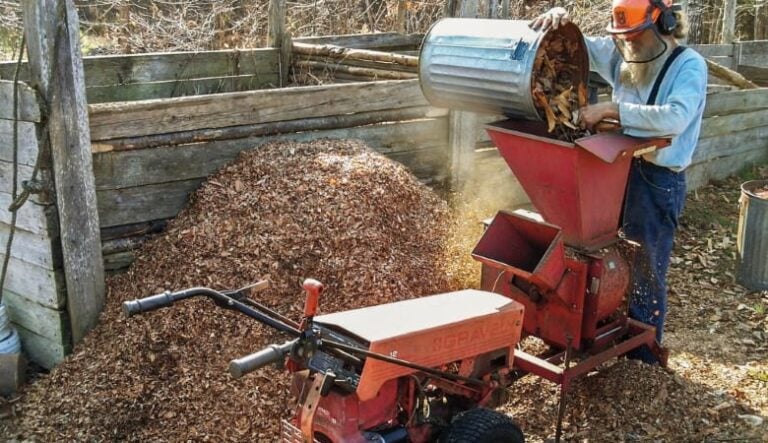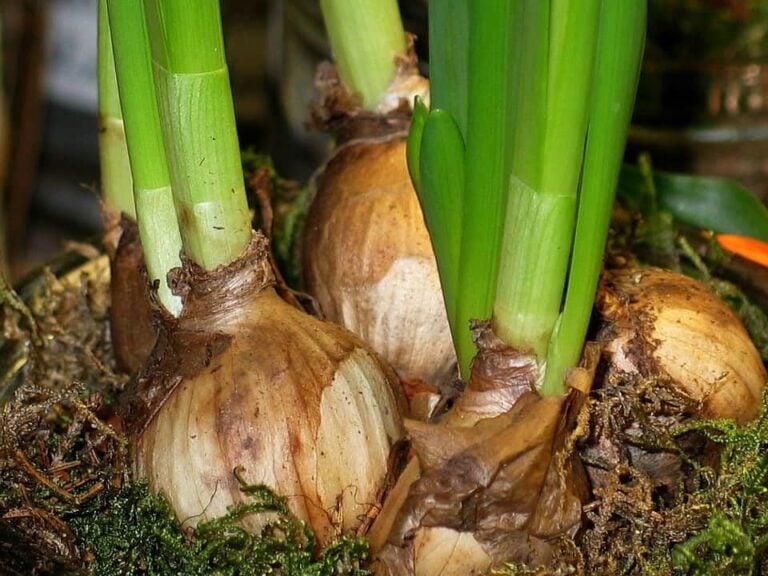When To Pick Banana Peppers
Banana Pepper variety and preferences will determine the timing
Banana Peppers come in both hot and sweet varieties, both of which will turn yellow when they begin to ripen and are ready to be picked.
If your hot banana pepper’s intent is to deliver some heat to your taste buds, then you can time when you pick banana peppers based upon the color. The transition from yellow to orange and finally red will bring more spice as they ripen on the plant. Keep in mind they will continue to soften as they mature and further ripen. Also keep in mind that a hot banana pepper will be roughly 6-8 inches long when full grown.
For a sweet banana pepper, you are more likely to pickle or eat them fresh. This will reduce the time before they are picked, which would typically be as the color begins to change to yellow, resembling the look and color of a banana! The sweet banana pepper is also a bit shorter at maturity, at roughly 4-6 inches long.
Because you are fortunate enough to be picking your own peppers, you can choose the timing and do your own taste testing!
What Time of Day is Best to Pick Banana Peppers?
It is best to pick them in the morning, before it becomes too hot outside but after the morning dew has dried is possible. This timing along with using pruning shears to make a clean cut will best ensure the health of the plant itself.
Will Banana Peppers Ripen After Picking?
In a word, yes. All peppers change color as they ripen, but people usually pick banana peppers before this transformation is complete, in the yellow or green stages. Even so, it’s not uncommon to see a banana pepper turn steadily redder if you leave it out in your kitchen for a week or so.
The yellow will give way to a more orange hue that will eventually darken into red. Eventually, they’ll reach a fully red color and it’ll be hard to imagine that they were ever so green. In some cases, they might also take on a bit of a purple color – see below for more information about that.
If you want to, this transformation can be slowed by keeping the banana peppers in the fridge or by freezing them. If you’re going to leave them out, it’s best to check on them every so often to make sure they haven’t started to go bad.
Why Are My Banana Peppers Turning Purple?
You might be shocked to see that your previously green and yellow banana peppers are starting to turn purple. However, you don’t need to worry.
The first thing to understand is that purple banana peppers are still safe to eat and still taste great too. But why are they getting purple streaks in the first place?
There’s an interesting bit of science behind it, actually. In nature, colors like red and purple are natural signals that the plant is mature. The color changes because of chemicals called anthocyanins.
They accumulate near the surface of the pepper and change its color, which means that animals like birds (and people!) are more likely to notice them. It gets even more interesting than that, though.
Fruit-eating insects aren’t attracted to mature peppers because, unlike us, they can’t see red or purple very well. This means that the peppers will be found by animals who can take the seeds far away so the plant can reproduce, rather than by insects who would just eat it where they found it.
As for why the purple streaks sometimes appear and sometimes don’t, it depends on the conditions the peppers are growing in.
If the sun is particularly fierce, for example, the plant can defend itself from its rays by turning a bit purple. There’s nothing abnormal about it and it won’t affect the taste, so bon appetit!






